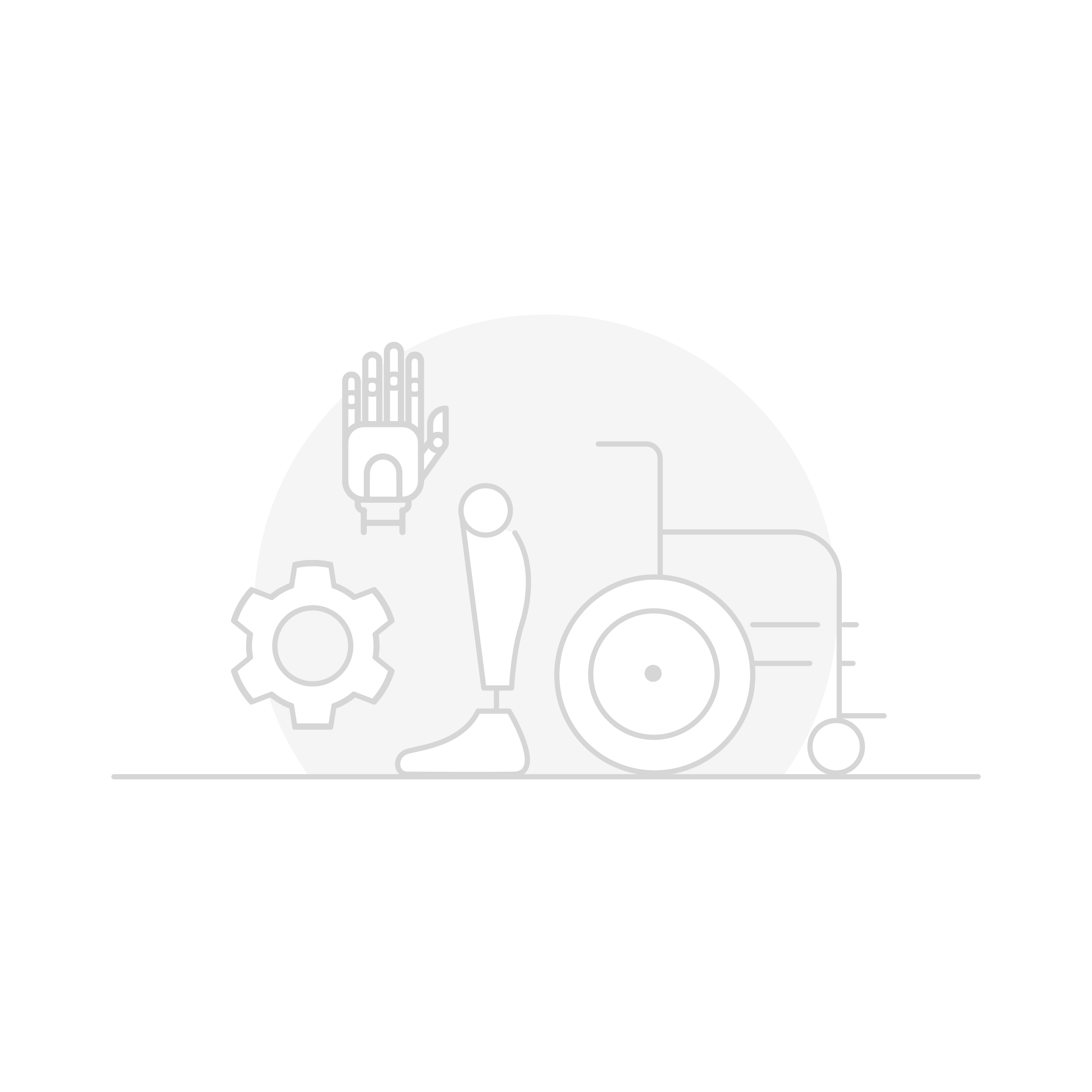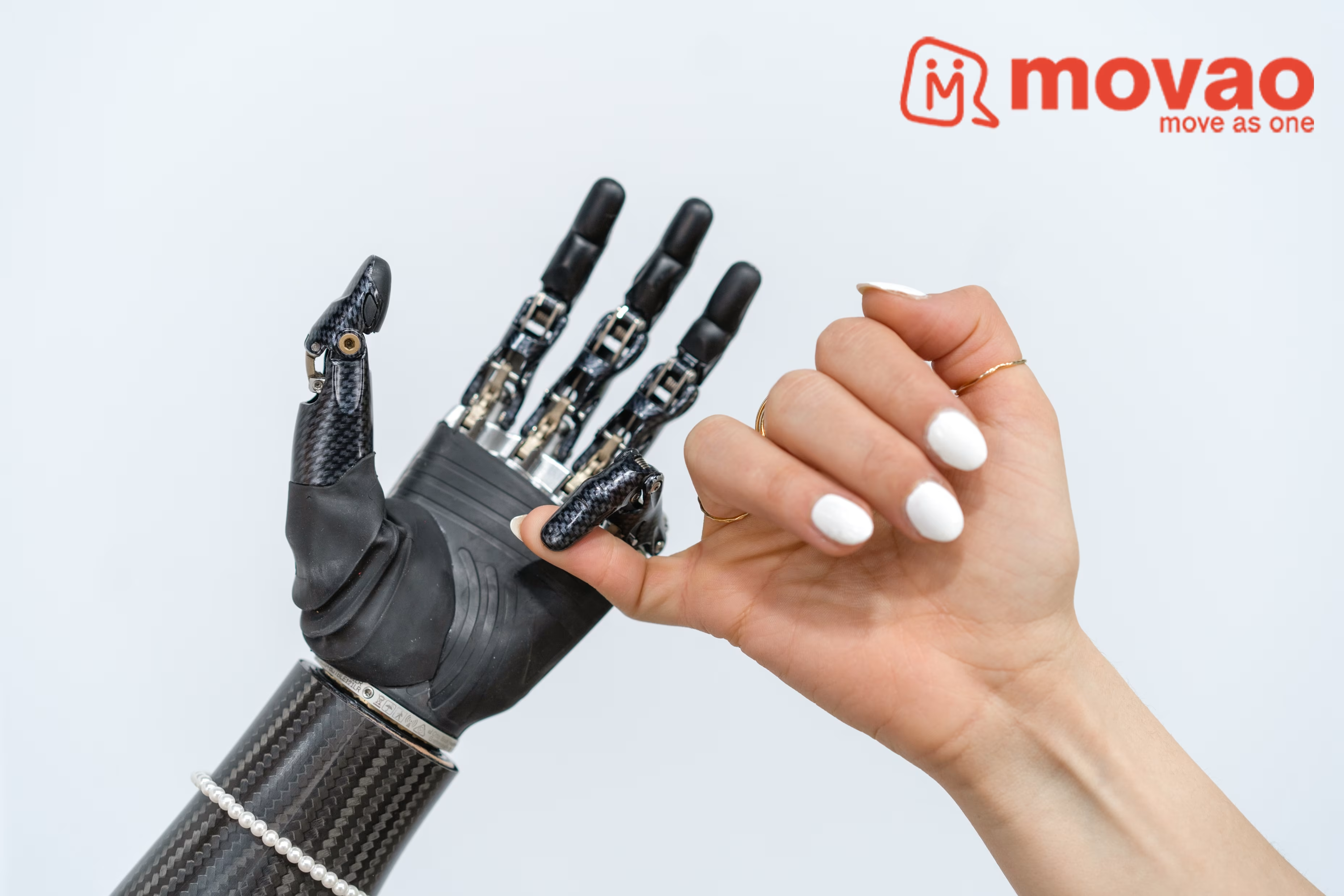


Prosthetic legs
Learn about the different kinds of prosthetic legs and how they help people regain their mobility, rebuild their confidence, and explore their world again.
Learn about the different kinds of prosthetic legs and how they help people regain their mobility, rebuild their confidence, and explore their world again.
What they are and how they work
A prosthetic leg is a device used to support users who are missing all or part of their limb due to an injury, accident, illness, or congenital condition.
Prosthetic legs can empower people with limb differences in many different ways. They can help users regain their mobility and independence, pursue their favorite hobbies and pastimes, get back to their jobs, and improve their overall quality of life.
These devices come in a variety of designs and formats that meet different user needs and support different activities and goals. And while they’re not for every individual with a limb difference, prosthetic legs can be an important tool that helps users live fulfilling lives and pursue important goals.
Key parts of a prosthetic leg
Prosthetic legs can come in many different configurations, depending on the user’s lifestyle, interests, and the size and shape of their residual limb.
Typically, depending on what the user needs, a prosthetic leg has up to three main components:
A socket with a corresponding liner and suspension mode, which provide a secure and comfortable fit for users
A prosthetic knee joint, which enables safe, stable mobility
A prosthetic foot, which provides support and stability
These components can vary in design and functionality, but the right combination can help a user get back to a healthy, active, independent life.
Two main kinds of prosthetic legs
There are two main types of prosthetic legs: mechanical prostheses and microprocessor-controlled devices.
Mechanical prostheses provide all the core capabilities users need to walk safely and securely. Advanced microprocessor-controlled technologies are even more powerful, including many that can mimic natural walking movements. Prosthetic feet and knees are available in both forms, providing a range of options to suit different users and their needs.
Mechanical prosthetic legs and feet
These devices use a range of hydraulic and other mechanisms to provide the support and stability users need to stand, walk, and perform many different daily activities.
Mechanical knees and feet are typically strong, durable devices that can withstand significant wear and tear. While they may not have the advanced features of some microprocessor-controlled devices, for many users mechanical prosthetics still offer a reliable and valuable option that can help them regain mobility and independence.
They are available in various sizes and configurations that meet different users’ needs. Ottobock offers several different options, including the Dynion knee joint, Taleo foot, and Maverick Comfort AT foot.


Dynion
The Dynion knee joint is a versatile and dynamic monocentric prosthetic with rotation hydraulics. It allows walking down stairs and ramps, walking dynamically in all directions, cycling, and swimming in various types of water.
The Dynion knee joint is a versatile and dynamic monocentric prosthetic with rotation hydraulics. It allows walking down stairs and ramps, walking dynamically in all directions, cycling, and swimming in various types of water.

Taleo
The Taleo prosthetic foot is designed for active users who navigate varied indoor and outdoor environments and place a high value on effortless walking and the ability to go wherever life takes them.
The Taleo prosthetic foot is designed for active users who navigate varied indoor and outdoor environments and place a high value on effortless walking and the ability to go wherever life takes them.

Maverick Comfort AT
Created for those with limited build height, the water-resistant Maverick Comfort AT prosthetic foot combines a gentle rollover for comfortable walking with a high energy return.
Created for those with limited build height, the water-resistant Maverick Comfort AT prosthetic foot combines a gentle rollover for comfortable walking with a high energy return.
Microprocessor-controlled prosthetic legs and feet
Microprocessor-controlled prosthetic legs and feet are highly advanced devices that use computerized systems, sensors, and hydraulics to mimic a natural walking gait. These high-tech prostheses offer a more sophisticated level of control and customization.
Devices like Ottobock’s C-Leg, Genium X3, and Empower offer a dynamic range of motion that feels natural. Designed to adapt to different terrains, they use different mobility modes to adjust to different speeds, activities, and situations . They can even detect and adjust to changes in terrain, offering greater stability and balance.


C-Leg 4
The C-Leg 4 is the world’s most trusted microprocessor knee. It offers exceptional, proven reliability and the performance users need to enjoy a healthy, active lifestyle.
The C-Leg 4 is the world’s most trusted microprocessor knee. It offers exceptional, proven reliability and the performance users need to enjoy a healthy, active lifestyle.

Genium X3
Built on the breakthrough functionality of the Genium platform, the Genium X3 offers a smooth, intuitive walking experience and versatile support in everyday situations.
Built on the breakthrough functionality of the Genium platform, the Genium X3 offers a smooth, intuitive walking experience and versatile support in everyday situations.

Meridium
Designed for moderately active people who value intuitive adaptation offering a feeling of natural movement.The Meridium microprocessor controlled foot provides a smooth hydraulic rollover and makes walking feel effortless.
Designed for moderately active people who value intuitive adaptation offering a feeling of natural movement.The Meridium microprocessor controlled foot provides a smooth hydraulic rollover and makes walking feel effortless.
Subscribe to the Ottobock newsletter
Stay in the loop on all things orthotics and prostheses, new product releases, and motivational insights.
More information on prosthetic legs
Ready to keep exploring? Discover the inspiration, community, and products you need for life with a prosthetic device.

Explore our microprocessor-controlled knees
Read more about the innovation behind Ottobock’s cutting-edge microprocessor knees (MPKs), and meet the four devices that have set the global standard for this technology.
Read more about the innovation behind Ottobock’s cutting-edge microprocessor knees (MPKs), and meet the four devices that have set the global standard for this technology.

Understand the value of a prosthetic foot
Get a complete overview of a prosthetic foot, including finding a foot that suits you, mobility grades, Ottobock’s cutting edge prosthetic foot portfolio, and FAQs.
Get a complete overview of a prosthetic foot, including finding a foot that suits you, mobility grades, Ottobock’s cutting edge prosthetic foot portfolio, and FAQs.

Find community with Movao
Join a platform where amputees and their loved ones can connect locally and globally with like-minded people about similar interests and challenges.
Join a platform where amputees and their loved ones can connect locally and globally with like-minded people about similar interests and challenges.





